Hardired Nectarine Tree
Description
Productive, reliable and carefree. This variety is disease-resistant (especially to bacterial spot and brown rot) making it easy to grow, and it is very productive — thin the bountiful fruit crop for bigger nectarines. Fruits feature firm, yellow, flavorful flesh. Semi-freestone. Originates from Ontario, Canada, introduced in 1974. Ripens in August. Self-pollinating.
Survival Guaranteed!
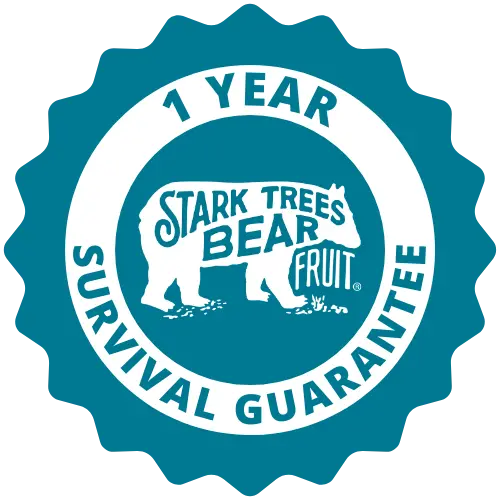

Since 1816, Stark Bro’s has promised to provide customers with the very best fruit trees and plants. It’s just that simple. If your trees or plants do not survive, please let us know within one year of delivery. We will send you a free one-time replacement, with a nominal shipping fee of $9.99. If the item in question is not available, we can issue a one-time credit to your account equaling the original product purchase price or issue you a refund. Read more about our warranty policy.
Characteristics
| Bloom Color | Pink |
| Bloom Time | Early |
| Chill Hours | 950 |
| Fruit Color | Red |
| Fruit Size | Medium |
| Hardiness Zone Range | 5 - 8 |
| Pollination | Self-Pollinating |
| Ripens/Harvest | August |
| Shade/Sun | Full Sun |
| Soil Composition | Loamy |
| Soil Moisture | Well Drained |
| Soil pH Level | 6.0 - 7.0 |
| Texture | Firm |
| Years to Bear | 2 - 4 |
Size & Spacing
Mature Size
| Standard | 12 - 15' tall x 12 - 15' wide |
| Dwarf | 8 - 10' tall x 8 - 10' wide |
Recommended Spacing
| Standard | 12 - 15' |
| Dwarf | 8 - 10' |
Zone Compatibility
Pollination
This variety is self pollinating.
Tools & Supplies
Planting & Care
Learn all about how to grow nectarine trees in The Growing Guide. An entire section of our website dedicated to your growing success.
Shipping Information
Arrives when it's time to plant
Questions & Answers
Well, if everything else is going well, meaning it blooms beautifully, it has great foliage and is lovely as a tree, then with this specific type of Nectarine tree, being that it is self-fruitful, it can have something to do with your USDA zone. It requires 950 Chill Hours, if you live in the south, you will not get this amount and it will cause your fruit set to suffer. If you have no cross pollination, while the tree says it's self-fruitful, in a climate that is either too warm or too cold for it (meaning you are not REALLY in a zone 5,6,7, or 8), it will suffer from poor or no fruit set even if you see flowers. Usually, however, there will be a reduction in blooms as well. I'm not familiar with this variety of Nectarine as it's way outside of my USDA Zone (I'm basically a 10, so almost NO chill hours). Also, what I meant by your zone "REALLY" being a (whatever number here), you need to either track them yourself for several years to REALLY know, or, you can Google "What are my chill hours" to find something that has the "Chill Hours Calculator" in it and then look at the closest tracking station to where your tree is planted. Just because someone looks at a USDA map via zip code, that doesn't mean that YOUR chill hours are what that says. There are people in California with my Zone number that get 100's of chill hours, when I get almost none. So the number doesn't mean anything if it's not measured in your neck of the woods. Most things that you find will just be an average. You could be very different from it. This is worth EVERYONE checking out. Find out what other people in your area think the chill hours are, or just look at the data yourself for you city. You can find the past temps for your city, or at least one very near you, going way back. Just check to see how many hours of the last 5 years or so that you have gotten below 45 degrees Fahrenheit. Average it out, and there you go.
The chill hours for Hardired is a maximum of 700 and 600 is probably OK.
The lowest temp we’ve had in our part of Connecticut since our Hardired Nectarine was planted is -11, but the tree has handled -11 two winters in a row and appears to be fine. We do not mulch it or cover it in the winter other than with a Stark tree guard on the main trunk as protection against nibbling rodents.
These trees are planted in the ground and growing for 2 years and then harvested and stored each season.
Hi Eric, Nectarines are a peach-like fruit but without the fuzz! If you're looking for a more sweeter nectarine, white nectarines tend be sweeter than the yellow ones. Check out the Stark® Crimson Snow™ Nectarine.
It needs chill hours of 800 or better to fruit.
We appreciate you reaching out to us. Dwarf fruit trees mature 8-10 feet tall.
If you have any further questions please don't hesitate to reach back out to us. Have a great day!
Our website has a special feature that will help you find the best plants for you to grow in your area. Simply enter your zip code in our Hardiness Zone Finder and as you browse our page, you’ll see a small check mark next to products that are hardy to your growing zone! As for temperature I recommend reaching out ot your county extension office for this information.
https://www.starkbros.com/zone-finder
I would pluck off any groupings of fruit at one shoot leaving one strong fruit to grow larger. This way your harvest will be of larger fruit even though less fruit. It will also have a tendency to prevent your tree from experiencing fruit drop where it basically sheds the fruit prematurely
And may cause it to skip producing next year. We experienced this with our first tree because I didn't have the heart to trim back the production like my books said. I didn't want to loose the fruit but I virtually lost it all and nothing the naxt year. Better to thin the fruit than to overwhelm the tree and get very small fruit.
Container planting is a good idea for climates that get very cold and have late frost so that it can be moved in to an unheated garage or basement during the dormant months but keeps it protected from root and early bud break freeze.
Customer Reviews
It does best with a mulch bed and has not needed fenced from deer as of yet. Looking forward to harvest.


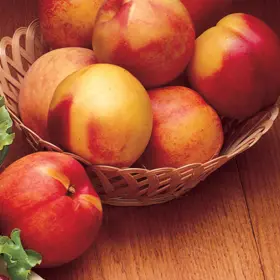
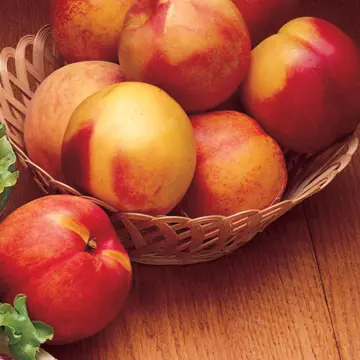

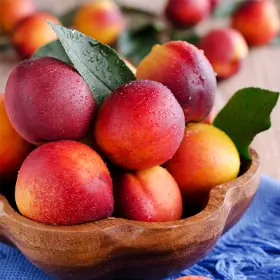

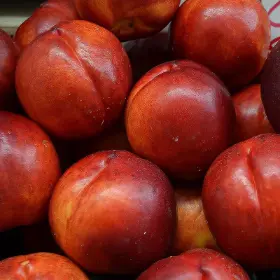
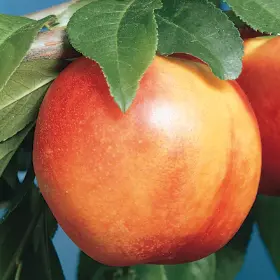
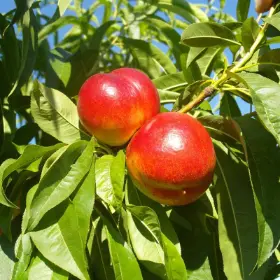
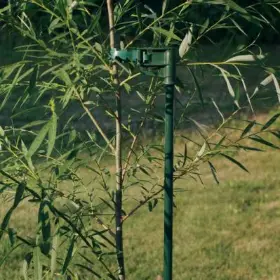
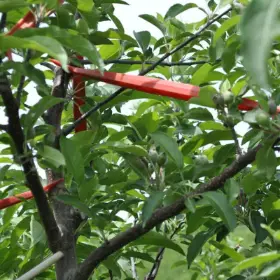
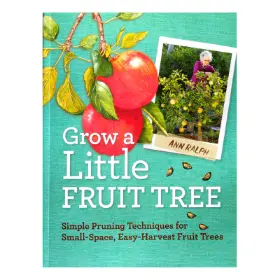
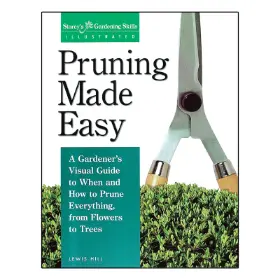
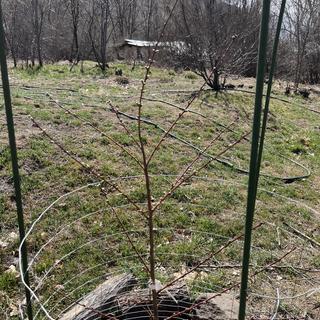
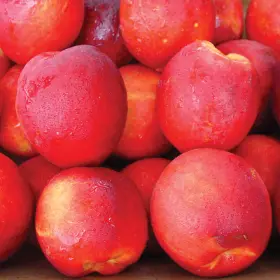
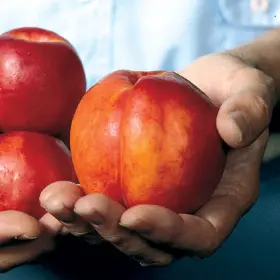
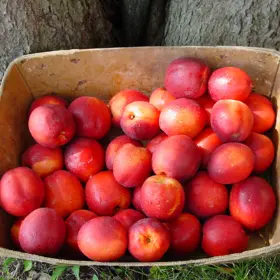
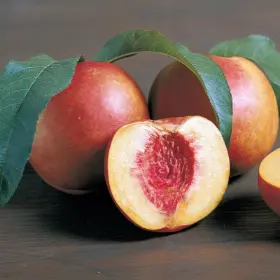
Because I like Nectarines
Taylor's guide to fruit trees listed this as resistant to brown rot, my biggest problem.
Love nectarines
Recommended for my area